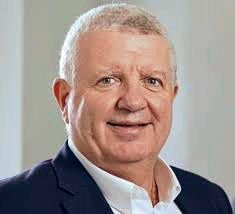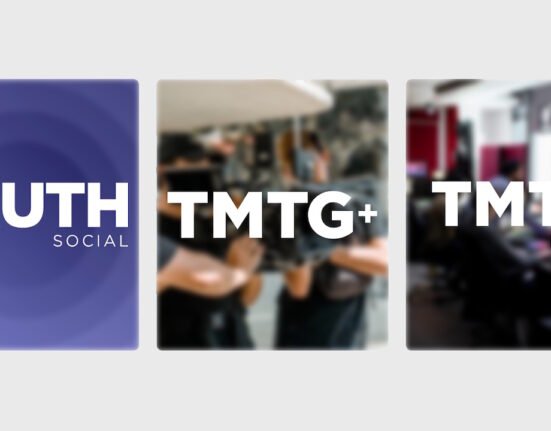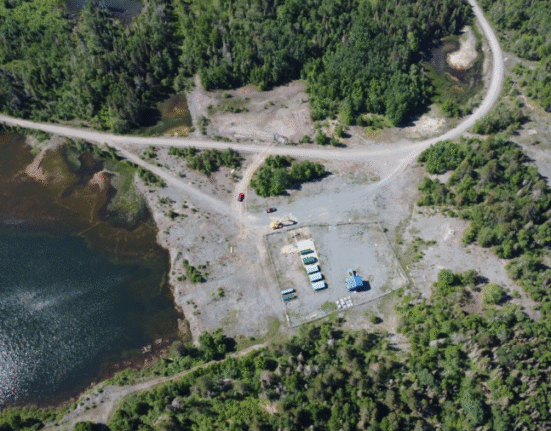PETALING JAYA: The demand for gold is gaining steady traction as US policy unpredictability triggers shifts in global markets.
The yellow metal has become a safe hedge against the uncertainties impacting most sectors today, said analysts, which in turn could support the historic high gold prices.
SPI Asset Management managing partner Stephen Innes told StarBiz that the demand trend remains intact and the case for gold as a hedge against systemic risk is only getting stronger.
According to him, the key drivers for this sentiment consist of a two-pronged squeeze.
“With central bank demand at the core, and institutional reallocation riding alongside, emerging market central banks, particularly in Asia and the Middle East, are steadily accumulating physical gold,” he noted.
He added that the reason behind this includes diversifying away from US Treasuries and the US dollar, but the bulk of it is simply geopolitical hedging.
On top of that, Innes said exchange-traded funds are lighting up again, with macro funds front-running what’s likely to be the next retail wave.
The yellow metal hit a historic high of US$3,499 an ounce on April 22, before some profit-taking saw it close the week at US$3,348 an ounce. On a year-to-date basis, gold price is up 26%.
“Real money accounts are rotating out of negative-carry sovereign debt and into yieldless but stable hard assets.
“This isn’t a retail frenzy – it’s a strategic reweighting across sovereigns, macro funds, and high-net-worth portfolios, and that’s what makes the current grind higher so relentless,” Innes explained.
However, Innes noted that while gold price has surged to a fresh all-time high, he still sees an upside for it, but the path forward will not be linear.
According to him, the macro undercurrent has not yet shifted.
“We’re in a liquidity super cycle, with central bank dominance creeping back into the narrative and US policy credibility under increasing scrutiny, while fiat fatigue kicks into high gear.
“Even if gold consolidates after this breakout, the structural bid remains fully intact,” he said.
Innes targets the precious metal to hit US$4,000 per troy ounce mark over the medium term, further clarifying that the figure is not a moonshot, but rather a logical reflection of continued capital rotation into hard assets.
Asked if a breakthrough in tariff talks could slow the gold rally, Innes said only marginally, as such an outcome won’t derail the broader trend.
He explained that even if a trade thaw provides some temporary relief to equities, it isn’t just about tariffs.
“This is about the perception of systemic instability. There’s (Federal Reserve chair) Jerome Powell’s independence under fire, long-end yields rising as Treasuries flood the market, and political signals that suggest real rates are going to stay negative longer than markets had expected,” Innes added.
Meanwhile, OCBC foreign-exchange strategist Christopher Wong said a notable catalyst in the recent move that resulted in gold’s record-high prices was speculation around the possible removal of Powell.
President Donald Trump’s threat to fire Powell would undermine the principle of central bank independence and risk politicising US monetary policy.
“In an environment where US dollar assets are already facing headwinds – from rising debt to tariff implications on US growth and inflation – any rise in risk premiums further strengthens the case for gold,” he told Starbiz.
On top of that, the US Congressional Budget Office’s latest projections have painted a stark picture of how debt-to-gross domestic product (GDP) is expected to rise from 100% to 156% over the next 30 years, with interest costs rising to a record 5.4% of GDP.
Wong noted this stoked fears over America’s long-term debt sustainability and intensified the de-dollarisation narrative – further boosting gold’s appeal as a hedge.
“Global monetary policy also continues to tilt dovish, and central banks are still easing monetary policies.
“That said, we do acknowledge that a breakthrough in tariff negotiations – or more conciliatory US-China rhetoric – could see some near-term profit-taking in safe haven assets, including gold,” he said.
Wong, however, said that from a structural and medium-term perspective, the drivers for gold remain intact.
“Rising protectionism, shifts in global supply chains, and questions around the greenback’s status as a safe haven and primary reserve currency are all part of a broader geo-economic transition – one in which gold remains a key hedge against heightened uncertainty.”








